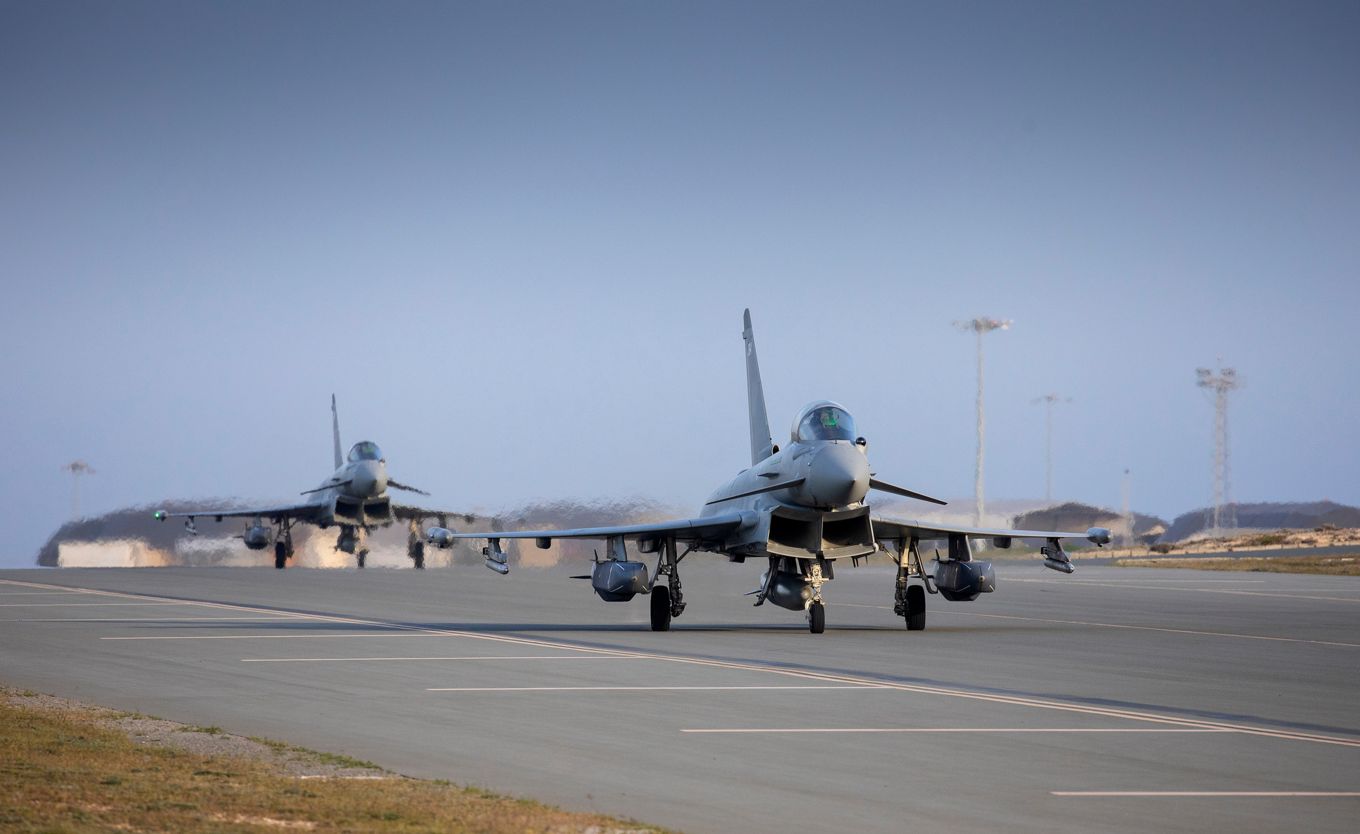The U.K. Defence Secretary made a statement to Parliament updating members on the UK’s continued programme of military aid to Ukraine, including Storm Shadow missiles. It compliments the long-range systems already gifted, including HIMARS and Harpoon missiles, as well as Ukraine’s own Neptune cruise missiles and longer-range munitions already gifted. The donation of these weapon systems gives Ukraine the best chance to defend themselves against Russia’s continued brutality. Especially, the deliberate targeting of Ukrainian Civilian Infrastructure, which is against International Law. Ukraine has a right to be able to defend itself against this. Their use of Storm Shadow will allow Ukraine to push back Russian forces based within Ukrainian Sovereign Territory.
Storm Shadow is an Anglo-French low-observable, long-range, air-launched cruise missile developed since 1994 by Matra and British Aerospace, and now manufactured by MBDA. Storm Shadow is the weapon’s British appellation. In French service, it is called SCALP-EG (which stands for “Système de Croisière Autonome à Longue Portée – Emploi Général”; General Purpose Long-Range Cruise Missile”). The missile is based on the French-developed Apache anti-runway cruise missile. The missile has a range of approximately 560 km (300 nmi; 350 mi), and delivers a conventional BROACH warhead of 450kg. It is powered by a turbojet at Mach 0.8 and can be carried by Tornado GR4, Italian Tornado IDS, Saab Gripen, Dassault Mirage 2000 Eurofighter Typhoon and Dassault Rafale aircraft.

The BROACH warhead features an initial penetrating charge to clear soil or enter a bunker, then a variable delay fuze to control detonation of the main warhead. The missile weighs about 1,300 kilograms (2,900 lb). It has a maximum body diameter of 48 centimetres (19 in) and a wingspan of 3 metres (120 in). Intended targets are command, control and communications; airfields; ports and power stations; AMS/ammunition storage; surface ships and submarines in port; bridges and other high value strategic targets. It is a fire and forget missile, programmed before launch. Once launched, the missile cannot be controlled or commanded to self-destroy and its target information cannot be changed.
Mission planners programme the missile with the target air defences and target. The missile follows a path semi-autonomously, on a low flight path guided by GPS and terrain mapping to the target area. Close to the target, the missile climbs and then dives into the target. Climbing to altitude is intended to achieve the best probability of target identification and penetration. During the final maneuver, the nose cone is jettisoned to allow a high resolution thermographic camera (infrared homing) to observe the target area. The missile then tries to locate its target based upon its targeting information (DSMAC). If it can not, and there is a high risk of collateral damage, the missile is capable of flying to a crash point instead of risking inaccuracy.












